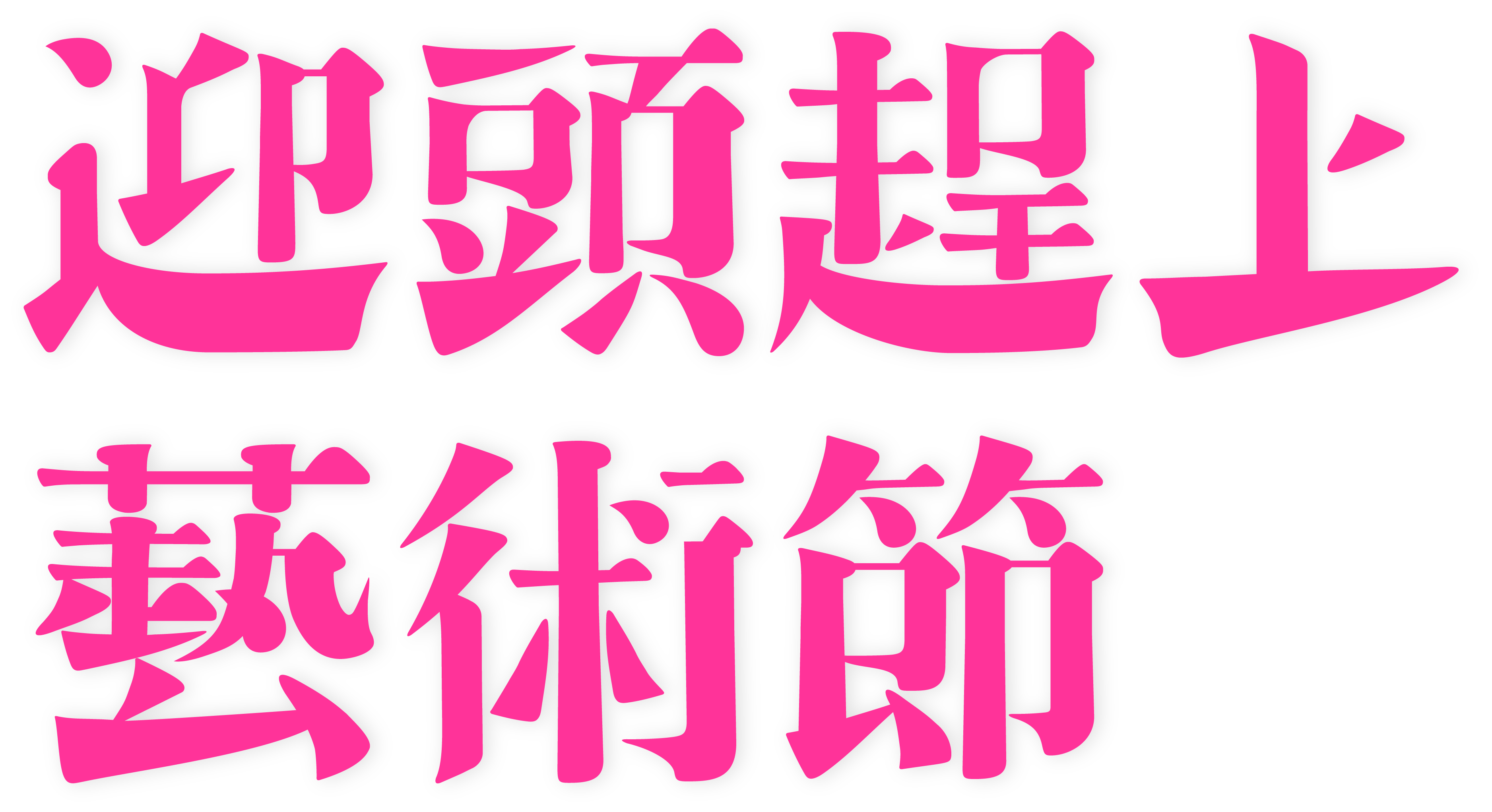Using the Stages of Team Development MIT Human Resources
The forming → storming → norming → performing model of group development was first proposed by psychological researcher Bruce Tuckman in 1965. When your team has grown through the stages of team development they establish a state of “flow”. This means they understand how to work together in a cohesive way that helps them reach their goals.
- As with any new situation, most people are on their best behavior.
- This workshop involves brainstorming, discussion, and decision-making.
- For example, success can be anything from higher customer acquisition to a positive shift in the metrics they’re tracking.
- This way team members can meet from anywhere and share their screen so that everyone can see the project details simultaneously.
- Guides & tools Downloadable guides for busy managers to drive performance.
- These meetings provide an opportunity to ensure that everyone is on the same page and has the necessary resources to complete their tasks.
Commitment to the team’s mission is high and the competence of team members is also high. Team members should continue to deepen their knowledge and skills, including working to continuously improving team development. Accomplishments in team process or progress are measured and celebrated.
Stage 4: Performing Stage of Team Development
You don’t wait to be told how to do your job – you determine the best way to meet your objectives and get on with it. The performing stage is a clear indication that your team is in a state of alignment. They not only understand how to ask for help, but they’ve also developed a gauge for when it’s an opportune moment to speak up, and involve you. Not only are you proud of the team development they’ve exemplified, but you’re also proud of their individual capacity to stay in integrity with the quality of their work. The norming stage is more harmonious since teams understand why it’s important to ask for help, and how to come to you with questions when they need guidance.

As the real work kicks in, the project may present both technical and interpersonal challenges. Individual work habits, leadership decisions, or lapses in communication can cause tension within a team. Annoyance, frustration, and anxiety commonly arise in response.
Storming — It’s inevitable, there’s going to be conflict
The danger here is that members may be so focused on preventing conflict that they are reluctant to share controversial ideas. To help your remote team stay on track, it is crucial to hold regular check-ins such as daily stand-up meetings or mid-week progress reports. These meetings provide an opportunity to ensure that everyone is on the same page and has the necessary resources to complete their tasks.

To improve productivity and streamline workflows, team leaders should provide tools that are easy to use and automate basic functions. For instance, HubSpot is a great tool for marketing automation, including updating social media, sending email marketing campaigns, and creating lead magnets. As a team leader, it is crucial to intervene when team members are in conflict, instead of letting them engage in private battles. By inviting them to a chat room, you can offer guidance, and advice, and ask key questions that help to resolve the issue.
Leadership And Teamwork: How To Build A Successful Team In The Workplace
Most high-performing teams go through five stages of team development. They must progress through the stages of forming, storming, and norming naturally before they make it to the performing stage. Understanding these stages can help you develop a group development model or plan to get your team there quicker.
In general, people’s behaviour is motivated by the desire of being accepted by the rest members of the group, without generating conflicts and trying that everything works as planned. Dr. Bruce Tuckman developed the Forming Storming Norming Performing model, which describes the way most teams approach high performance. In 1965, he published this theory in his article Developmental Sequence in Small Groups.
Confront conflict in a healthy manner
Team development ensures that the team can thrive in the long term. Any insights should be shared in a public forum so everyone in the company can learn. This is also the time in which teams can celebrate everything they have achieved together. Take the time to reflect on your achievements and remind your team why they’re doing what they do. This is also a great opportunity to recognize and praise the talents of specific team members. If a group manages to work through the inevitable conflicts of Stage 2, members’ trust, commitment to thegroup, and willingness to cooperate increases.

They are far less directiveand now count on team members to keep meetings and work on track. Leaders often find themselvesplaying more of a coaching role to their team on skills like group decision making. Moving a team fromStage 3 to Stage 4 takesa minimumof two months.
Book of Business: “The Culture Code” by Daniel Coyle
Some members will be excited and optimistic about joining, while others will be anxious or perhaps skeptical about their roles. Meetings and other interactions will generally involve cautious attempts to get acquainted and discussions of big-picture what are the four stages of team development concepts, as members determine norms and, in some cases, form cliques. No matter what type of team you’re forming, you probably shouldn’t expect its members to instantly bond and quickly reach the level of a high-performing team.

They simplify the sequence and group the forming-storming-norming stages together as the “transforming” phase, which they equate with the initial performance level. This is then followed by a “performing” phase that leads to a new performance level which they call the “reforming” phase. In this stage, all team members take responsibility and have the ambition to work for the success of the team’s goals. They start tolerating the whims and fancies of the other team members. They accept others as they are and make an effort to move on inflatable games.
Like what you’re reading? SUBSCRIBE to get FREE updates on ThoughtHub content.
To accommodate your remote teams and to make sure your first project team meeting is productive, use a video conferencing platform like Zoom. This way team members can meet from anywhere and share their screen so that everyone can see the project details simultaneously. Record and store the meeting in Teamwork.com so that team members can revisit it at any time if they need a reminder of the discussion. Let’s say your team is working on a project to make it easier for users to navigate your product. You’ll need a copywriter for your content, an analyst to track and interpret the data you collect, a designer for website and app updates, and possibly a product manager.

